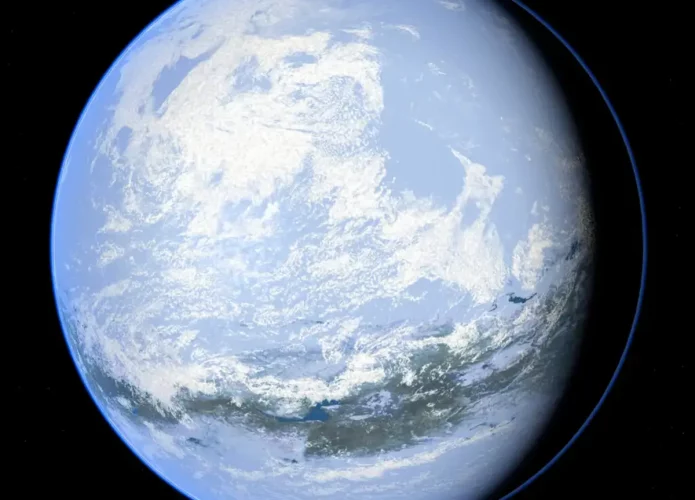717 million years ago, Earth experienced an ice age in which everything was covered in ice for approximately 56 million years, a condition dubbed Snowball Earth. For a long time, scientists couldn't pinpoint what made them last so long, but new research now says they've discovered why.
For those in a hurry:
- Atmospheric carbon dioxide plays a role in trapping heat, and the Ice Age may have been caused by a lack of it;
- 717 million years ago, the amount of gas in the atmosphere was controlled by geological processes;
- So, the researchers decided to look for volcanic emissions from that period and discovered that not many of them occurred.
In a study recently published in the journal geologyA group of researchers from the University of Sydney suggested that the ice age was caused by lower carbon dioxide emissions resulting from fewer volcanic eruptions.
Read more:
Carbon dioxide in the atmosphere
Carbon dioxide plays an important role in the atmosphere in maintaining the habitable temperature on Earth, however, it causes global warming, if it is deficient, heat is not retained and everything can become very cold.
Currently, the amount of carbon monoxide in the atmosphere is largely tolerated by humans, but more than 700 million years ago, we were very far from current levels and carbon dioxide levels were determined by geological processes.
There are some theories suggesting the process that may have caused the ice age, such as mineral rocks resulting from the weathering of igneous rocks that absorbed carbon dioxide from the atmosphere. In the study, the researchers suggest that this would be enough to put the Earth into a deep freeze, but not to keep it that way for 56 million years.
Volcanic activity and Earth snowball
In search of alternatives, the researchers decided to study volcanoes. A model of the movement of modern tectonic plates has made it possible to understand how a series of underwater volcanoes, known as the Mid-Ocean Ridge, developed, enabling calculations of volcanic gas emissions at the beginning and during the Ice Age.
These calculations showed that not much volcanic emissions occurred, causing carbon dioxide in the atmosphere to drop enough to start and sustain a snowball for a long time.
The idea that this glacial period was caused by a decrease in volcanic emissions has been suggested previously. However, according to researcher Adriana Dutkiewicz, in response to New York timesThis is the first time the theory has been proven through calculations based on workable models.
Although the evidence strongly supports the Earth's snowball theory, it is still just a model, and finding ways to test it is a major challenge, especially since there is little data showing what the oceanic crust was like 717 million years ago.

“Coffee trailblazer. Social media ninja. Unapologetic web guru. Friendly music fan. Alcohol fanatic.”

